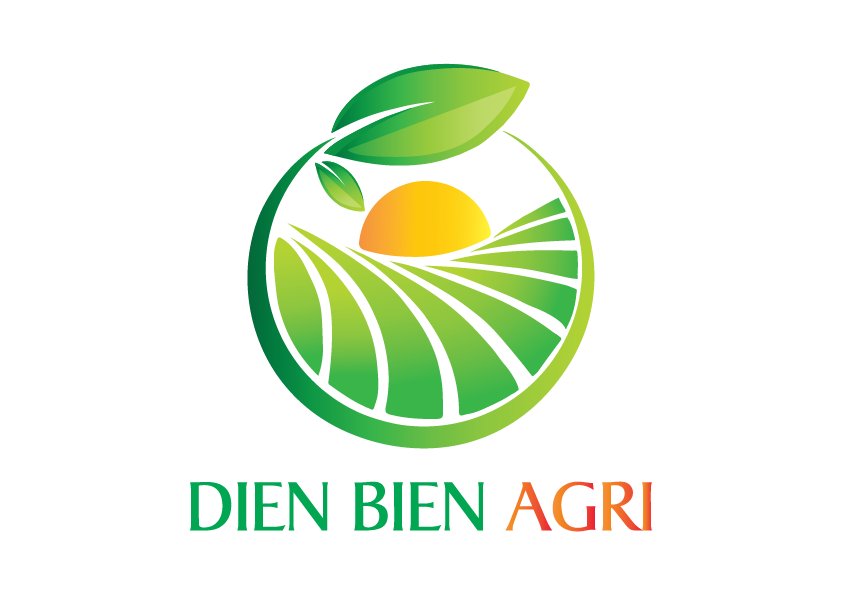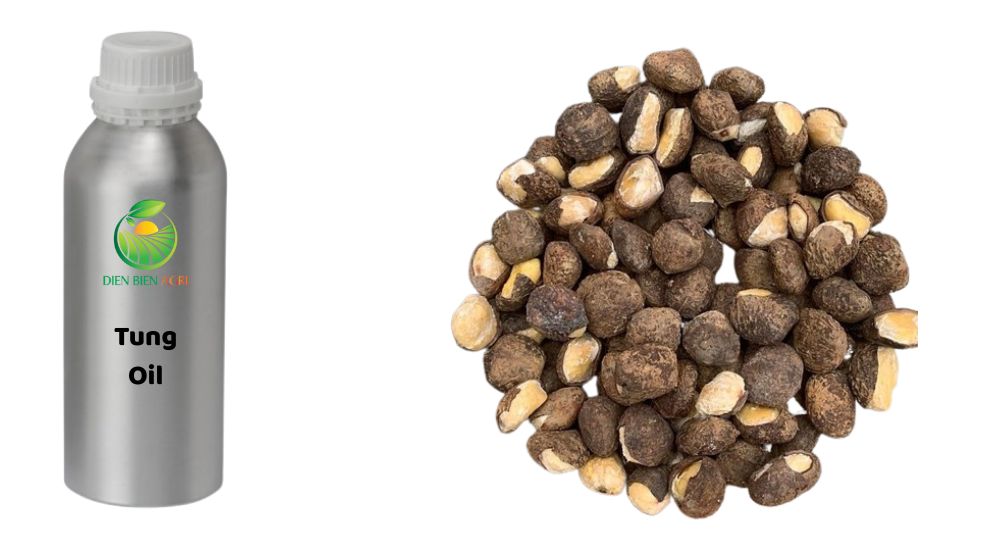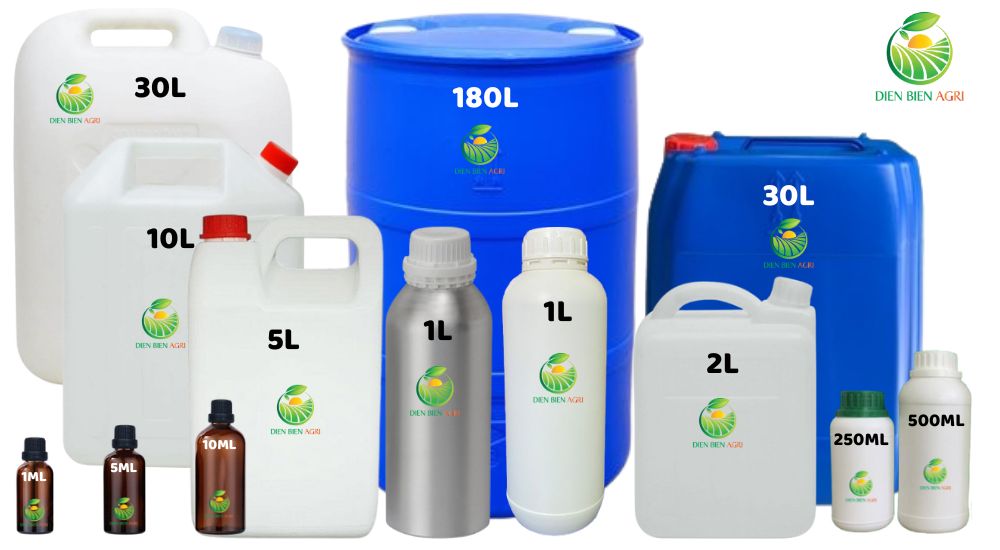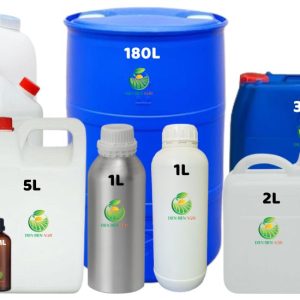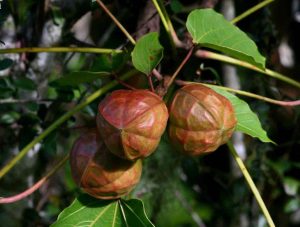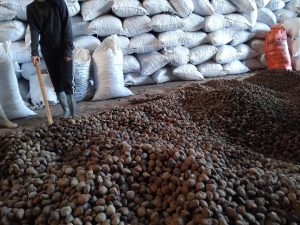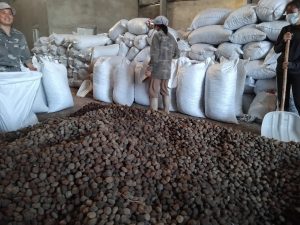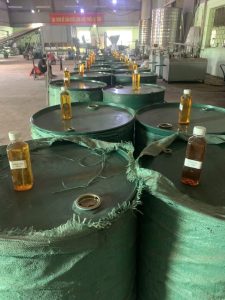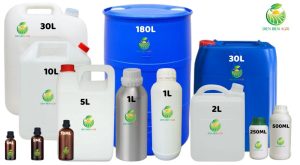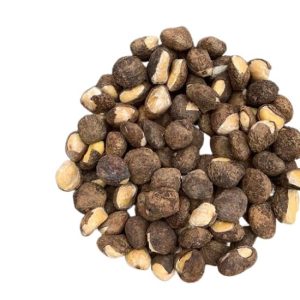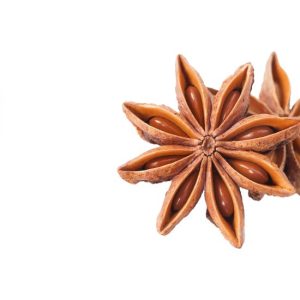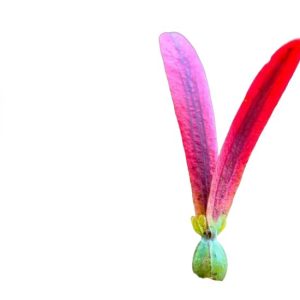Dien Bien Agri is a leading exporter and manufacturer of premium-grade Tung oil from Vietnam. Our product is processed under strict quality control to ensure it meets the demanding standards of industrial, cosmetic, and agricultural clients worldwide. We offer bulk quantities, reliable logistics, and responsive support.
Contact us for more information:
Tel/WhatsApp: +84.973.447.926.
Email: [email protected]
Add: Thanh Minh Commune, Dien Bien City, Vietnam
Factory: Bai Dai Village, Tien Xuan Commune, Thach That District, Ha Noi City, Vietnam
